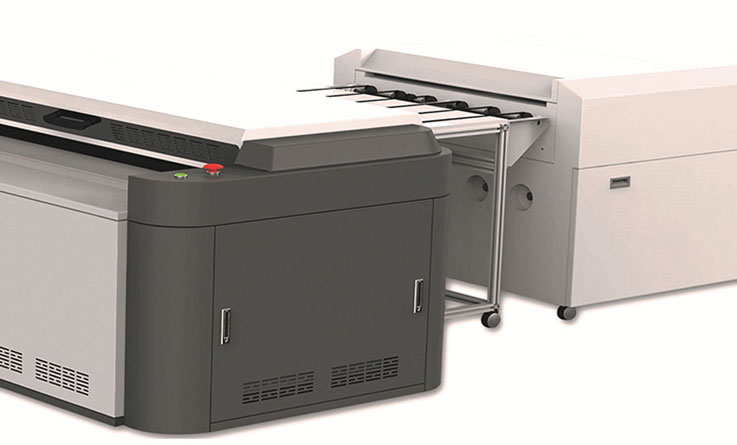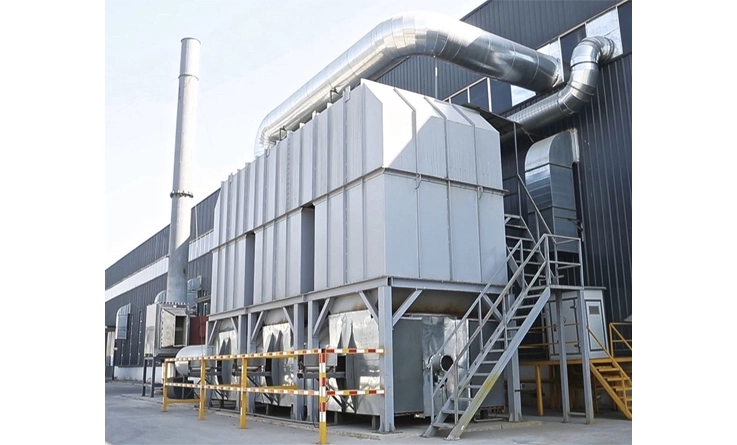1. Tinplate printing takes up most of the color in metal printing
In tinplate printing, products with white primer account for most of the metal printing, and products with white primer actually simulate the effect of white paper. As for the current white color used, basically none of them are natural white, and they all have a bias. For example, yellowish hues can be dyed, reddish hues can be dyed, bluish hues can be dyed, reddish-blue hues can be dyed, and the whiteness of each white color can be dyed.
These factors determine that the different hues and whiteness of white will have different effects on the hue of spot color ink in the mixing of spot color ink. For example, if warm colors are printed on shades that are biased towards blue or blue-red, the printed colors will be darker than the ink itself; if printed on tones that are biased towards yellow, the printed colors will be more yellow than the ink itself.
When red spot color ink is printed on its complementary color-blue spot color ink, both bluish-red and violet can be printed, and the printed colors will be darker than the ink itself; the complementary color-red of green spot color ink can be small; when printed on magenta, blue-red, and violet, the color of tinplate printing will be darker than the ink itself; blue spot color ink can be printed on their complementary colors-when printed on yellow spot color ink, the printed colors will be darker than the ink itself.
2. Tinplate printing gold and silver inks are colored with gold, aluminum and other metal powders:
After gold ink, silver ink or metallic spot color ink is mixed and oxidized, the color will change. Tinplate printing gold and silver inks are colored with gold, aluminum and other metal powders.
Among them, the ink used for metal printing in the tinplate printing machine with gold ink is made by grinding copper powder; while the ink used for metal printing with silver ink is made by grinding aluminum powder. The chemical properties of gold and silver powders in metallic inks are generally not stable enough. When they encounter acids, alkalis, water vapor, sulfur-containing gases, and carbon dioxide gas, chemical reactions will occur, making the ink color of printed products lack metallic luster.
The law of metal color change is from golden yellow to reddish-brown, and then to black. Because copper will generate red cuprous oxide in the initial oxidation, and further oxidize to black copper oxide; in addition, under conditions of high carbon dioxide gas and high humidity, gold powder is likely to become basic copper carbonate. Therefore, the gold ink on tinplate printing products gradually darkens. After the silver ink changes, it turns into gray and lacks the metallic texture of silver.

 English
English français
français Deutsch
Deutsch Español
Español italiano
italiano русский
русский العربية
العربية tiếng việt
tiếng việt Türkçe
Türkçe فارسی
فارسی magyar
magyar Ελλάδα
Ελλάδα Burmese
Burmese


